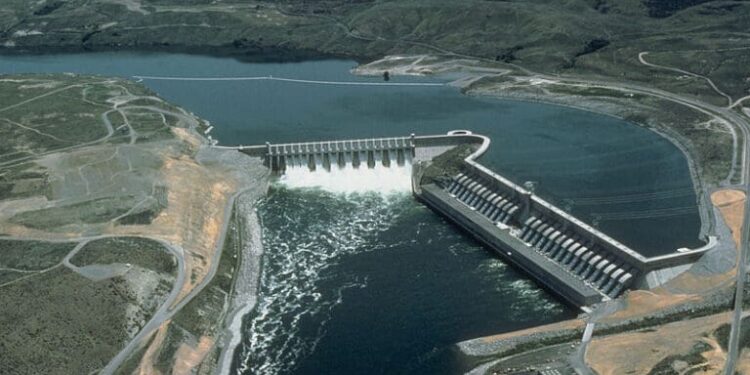Pakistan’s flagship Mohmand Dam Hydropower Project has reached a significant milestone with the successful completion of powerhouse main slope excavation and associated support works. This crucial advancement now clears the path for the commencement of full-scale construction of the concrete powerhouse structure, a central component of the hydropower project.
According to Gwadar Pro, the excavation phase was completed under complex geological conditions, demanding close coordination between design and construction teams. Initially planned to remove 832,000 cubic meters of rock, the volume more than doubled to 1.68 million cubic meters due to unexpected subsurface challenges and the need for design modifications. The excavated slope, which rises 150 meters vertically, required substantial reinforcement to ensure long-term structural stability.
The original plan called for the installation of around 800 meters of tendon anchors. However, in light of evolving ground conditions, over 76,000 meters of anchoring was ultimately installed. The work was carried out by China Gezhouba Group Company (CGGC), a subsidiary of China Energy Engineering Corporation (CEEC), which operates in Pakistan. Utilizing a “design, optimization, and construction” methodology, CGGC employed advanced engineering solutions to complete the excavation safely, efficiently, and in line with international standards.
Completion of this phase establishes a solid foundation for the next stage of development, moving the project closer to realizing its full potential.
The Mohmand Dam Hydropower Project is a multi-purpose concrete-faced rockfill dam under construction on the Swat River, approximately 48 kilometers from Peshawar and 5 kilometers upstream of the Munda Headworks in Khyber Pakhtunkhwa’s Mohmand district. Once completed, the dam is expected to generate 1,300 megawatts of electricity, significantly enhance Pakistan’s water storage capacity by 1.293 million acre-feet, and improve food security. It will also provide 13.32 cusecs of clean drinking water to residents of Peshawar and generate more than 6,000 direct employment opportunities for local communities.
This milestone brings Pakistan one step closer to addressing critical energy and water needs while advancing regional development objectives.
















